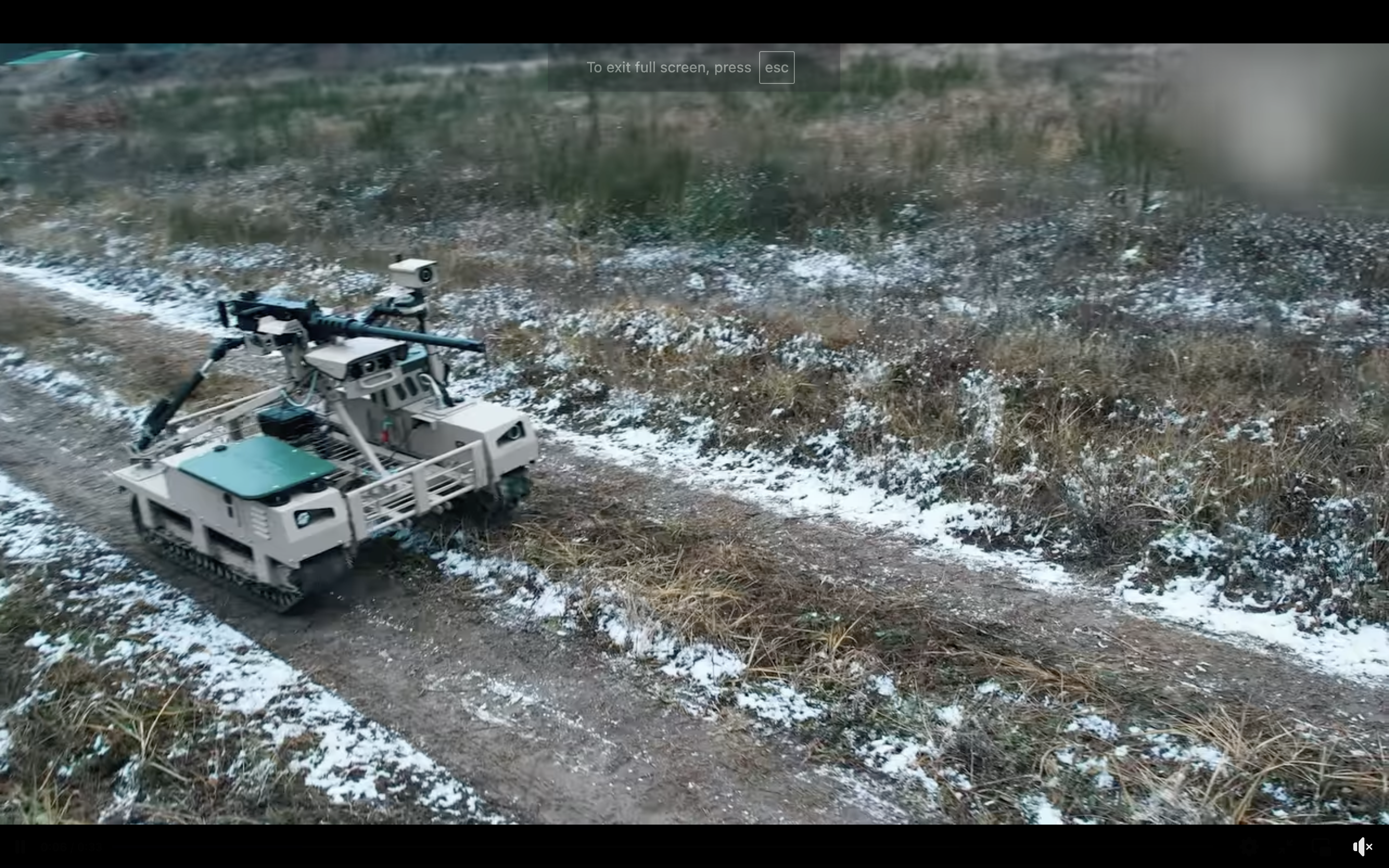Ukraine’s National Bank recently announced plans to change the name of the country’s smallest denomination. The kopeck will be replaced by the “shag,” meaning “step.” The reform was presented as another move in the direction of Europe and away from the Russian/Soviet financial tradition of rubles and kopecks.
Shags were briefly in circulation in 1918, after Ukraine declared its independence. Like today, there was a war going on. Ukraine was trying to protect its independence, and Russia was trying to drag the country into its new-style Empire – the Soviet Union.
JOIN US ON TELEGRAM
Follow our coverage of the war on the @Kyivpost_official.
Shags were never minted. They were printed on small squares of cheap paper that looked more like postage stamps than money. No one took them seriously then, and today the idea has been met with a degree of skepticism.
While some people may be dreaming of adding the new shag to their numismatic collection and others are wondering whose image will be placed on the future coins, when banks are moving their equipment and furniture out of settlements situated anywhere near the front line, it is hard to see this reform as a priority?
Discussions on TV and radio about the new name of the kopeck sounded discordant, but this news has been overshadowed by some from the United States: the $6 billion allocated for aid to Ukraine has not been spent.
TV journalists are trying to counter the pessimism of Ukrainian bloggers, insisting that the money has not yet been lost and that, in any case, it is not such a large sum. What seems sure is that if the money is not spent on military aid for Ukraine by the end of September it will be returned to the treasury.

Europe, Not the US, Is Ukraine’s Most Important Source of Support by a Substantial Margin
War is thousands of times more expensive than peace. One day of war costs Ukraine about 100 million dollars. So, six billion dollars is sixty days of defense for Ukraine.
I have never liked math, but this war makes me count every day: the number of destroyed Russian tanks and planes, the number of Iranian drones shot down over Kyiv every night, the number of F-16s expected in Ukraine by the end of 2024.
The mathematics of war is not only about counting the enemy’s losses in equipment and manpower. It also means trying to calculate their remaining or renewable resources.
This year, in the Russian Federation, 190,000 men have signed contracts to participate in the aggression against Ukraine. Some of these contract soldiers are convicted criminals who have been allowed to fight instead of sitting in prison. Some of the others are homeless people. Representatives of the Russian armed forces recently began recruitment visits to shelters in Siberia and other regions. Residents who sign a contract are given large sums of money and a “new home” – the Russian army.
The exact number of Russian homeless who chose to change their status in this way is not known, but it is clear that the Russian army is most in need of infantry soldiers – cannon fodder with which to storm the Ukrainian fortifications along the front line.
The homeless folk joining the Russian army may be hoping to have a nicer job, for example as drone operators.
Russia is developing new types of drones, and increasing drone production in general, but Ukraine is doing the same, and with considerable success.
Last week, Ukrainian operators were able to use a locally produced drone to shoot down a Russian reconnaissance drone at a record altitude of 3.5 kilometers.
While Russia’s drone terror keeps Ukrainians on the edge of their seats all day and in their corridors most nights, something strange has been happening to these drones recently. Some of them suddenly fly out of Ukrainian airspace and into Belarus, terrorizing Belarusian air defenses.
It seems our engineers have learned to break into the enemy drones’ flight programs and to redirect them.
When this first happened, the Belarusian military only monitored the Iranian-made Russian drone which turned around and flew back to terrorize Ukraine again. But then other drones started falling inside Belarus.
“President” Lukashenko decreed that Belarusian air defense units are obliged to shoot down any foreign drones in Belarusian airspace, regardless of their country of origin. So, Belarusian anti-aircraft guns are now regularly shooting down Iranian drones that Russia intended for Ukraine.
According to Russian military bloggers, the Kremlin was not pleased by Lukashenko’s decree and that means that Belarus will have problems buying Russian gas and oil.
Also, according to Russian military bloggers, Putin is insisting that Belarus not only refrain from shooting down the “shaheds” but also return its troops to the Ukrainian border – to frighten Ukraine with the possibility of a new front being opened by the Belarusian army. Lukashenko, however, seems in no hurry to fulfill Putin’s wishes.
The views expressed in this opinion article are the author’s and not necessarily those of Kyiv Post.
You can also highlight the text and press Ctrl + Enter






